Kiwiberry Care Guide – Learn About Kiwiberry Growing Conditions
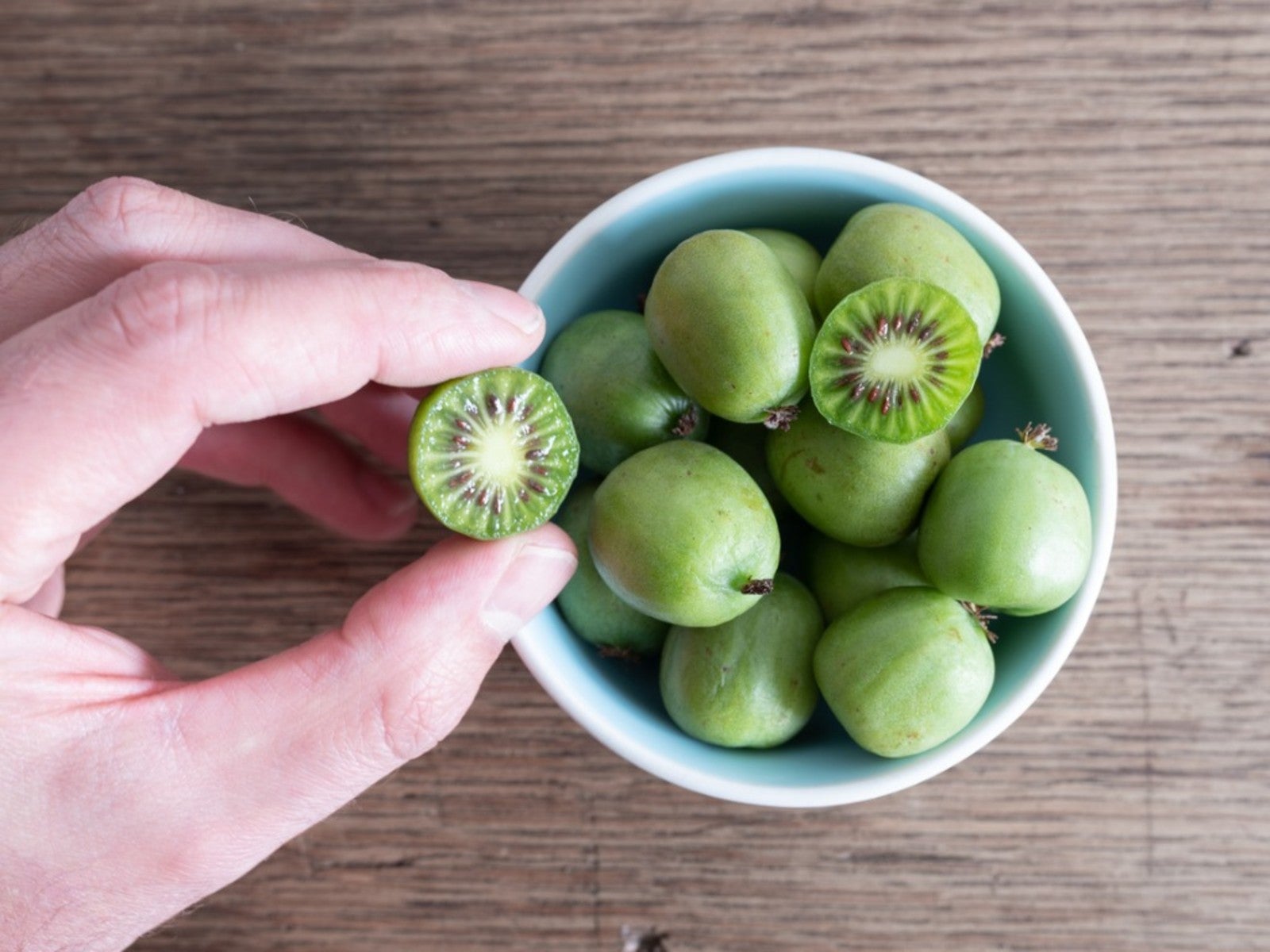

Kiwis are wonderful fruits, but most people don't like to eat the fuzzy skin. That means they aren't a snack on the go type fruit. Luckily there are kiwiberries. What are kiwiberry plants? They have a similar flavor to kiwis but have smooth skin, so you can just pop them in your mouth.
Is kiwiberry related to kiwi? Indeed it is, as they are both in the same genus, Actinidia. The approximately 80 species in the genus originate in northern Asia. There are two main species of kiwiberry that are cultivated, both with widely different tastes.
Kiwiberry Information
While not widely available, kiwiberry plants can grow in USDA zones 4-8. They are the size of large grapes, and have semi-glossy, smooth skin. Just like kiwis, they have tart notes when they are firmer and get sweeter as the flesh softens. The plants grow as vines and have attractive leaves, making them perfect for trellis or arbor growth. Kiwiberries have plenty of fiber, Vitamins C and E, potassium, and magnesium. The two most commonly grown species of kiwiberry are A. arguta and A. kolomikta. Another species is fairly cold hardy, A. polygama, but its flavor is a bit on the peppery or spicy side.
How to Grow Kiwiberry
If your interest is piqued, now you need to know how to grow kiwiberry. Kiwiberry growing conditions require moist, well draining soil of average fertility. A soil pH level between 5.00 and 7.5. The plants are not self fruitful and will need another vine of the opposite sex to produce fruit. 1 male can pollinate up to 6 female vines. Plant vines 10 inches (25.4 cm) apart in holes the same depth as the nursery pot. You will need a sturdy support for the vines which should be installed before or at the time of planting. Water the vines in well and train them as they grow to the support.
Kiwiberry Care
Kiwiberries have few pest or disease issues. Train the vines up the support as they lengthen. Pruning is an important part of kiwiberry care. After the first year, in early spring, remove any non-fruiting side shoots. In order to get the vine to branch, top it to force side fruiting shoots.
Apply fertilizer annually and cover the root zone with mulch to keep soil cool. Water when the soil is dry. If you live in an area with deer or rabbits, install trunk guards or fencing around the site. Berries may begin to ripen in July. Harvest them as the skin begins to dull. You can refrigerate them for up to 2 weeks.
Gardening tips, videos, info and more delivered right to your inbox!
Sign up for the Gardening Know How newsletter today and receive a free copy of our e-book "How to Grow Delicious Tomatoes".

Bonnie Grant is a professional landscaper with a Certification in Urban Gardening. She has been gardening and writing for 15 years. A former professional chef, she has a passion for edible landscaping.
-
 Looking For Plants To Give You The Soft And Fuzzies? Try These 5 Fuzzy Leaf Plant Options
Looking For Plants To Give You The Soft And Fuzzies? Try These 5 Fuzzy Leaf Plant OptionsLovers of texture, drama, silver foliage and tactile plants will adore these special sensory garden additions. These fuzzy leaf plant options will leave you all aglow
By Susan Albert
-
 Get Ready For A Summer Of Hummers! Grow These Full Sun Hummingbird Plants and Flowers
Get Ready For A Summer Of Hummers! Grow These Full Sun Hummingbird Plants and FlowersIf you’re lucky enough to enjoy a sunny backyard, make sure you are maxing out on your pollinator opportunities and grow these full sun hummingbird plants and flowers
By Tonya Barnett
-
Caring For Kiwi: How To Grow Hardy Red Kiwi Fruit
Hardy Red kiwi produces grape-sized, fuzz-less fruit with an authentic kiwi flavor. For information on growing them, click the following article.
By Laura Miller
-
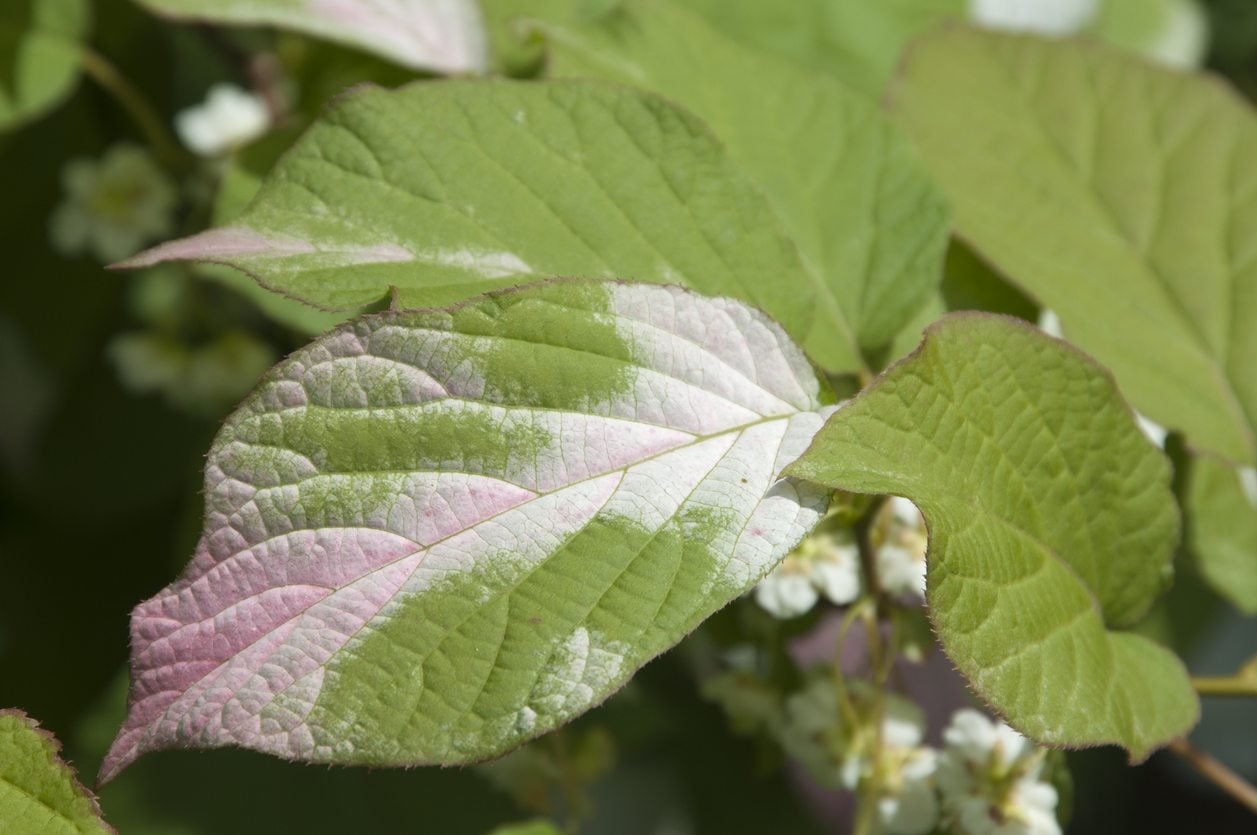 Tricolor Kiwi Information: How To Grow A Tricolor Kiwi Plant
Tricolor Kiwi Information: How To Grow A Tricolor Kiwi PlantActinidia kolomikta is a hardy kiwi vine that is commonly known as tricolor kiwi plant because of its variegated foliage. Also known as arctic kiwi, it is one of the hardiest of the kiwi vines. For tips on growing tricolor kiwi, click this article.
By Darcy Larum
-
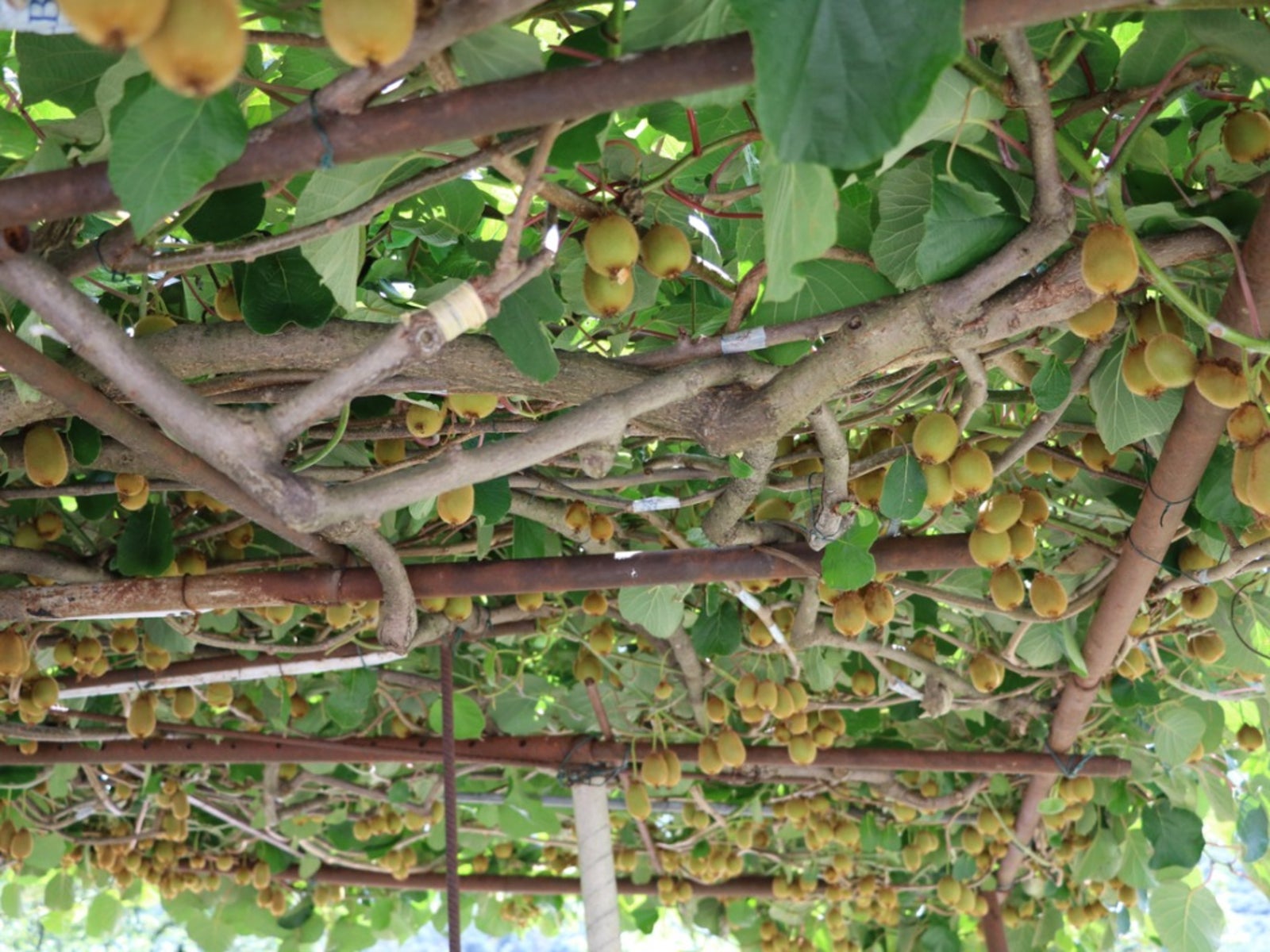 Kiwi Plant Trimming: Pruning Mature Kiwi Vines In The Garden
Kiwi Plant Trimming: Pruning Mature Kiwi Vines In The GardenRegular pruning is an essential part of caring for kiwi vines. Kiwi vines left to their own devices quickly become a tangled mess. But pruning overgrown kiwi vines is also possible if you follow simple trimming steps. This article will help.
By Teo Spengler
-
 Fruit Companion Planting: Companion Planting Around Kiwi Vines
Fruit Companion Planting: Companion Planting Around Kiwi VinesCompanions for kiwi can help the plants grow more vigorously and fruit more prolifically. Not every plant is an ideal kiwi companion plants, though. What plants make the most ideal kiwi plant companions? Click this article to learn more.
By Amy Grant
-
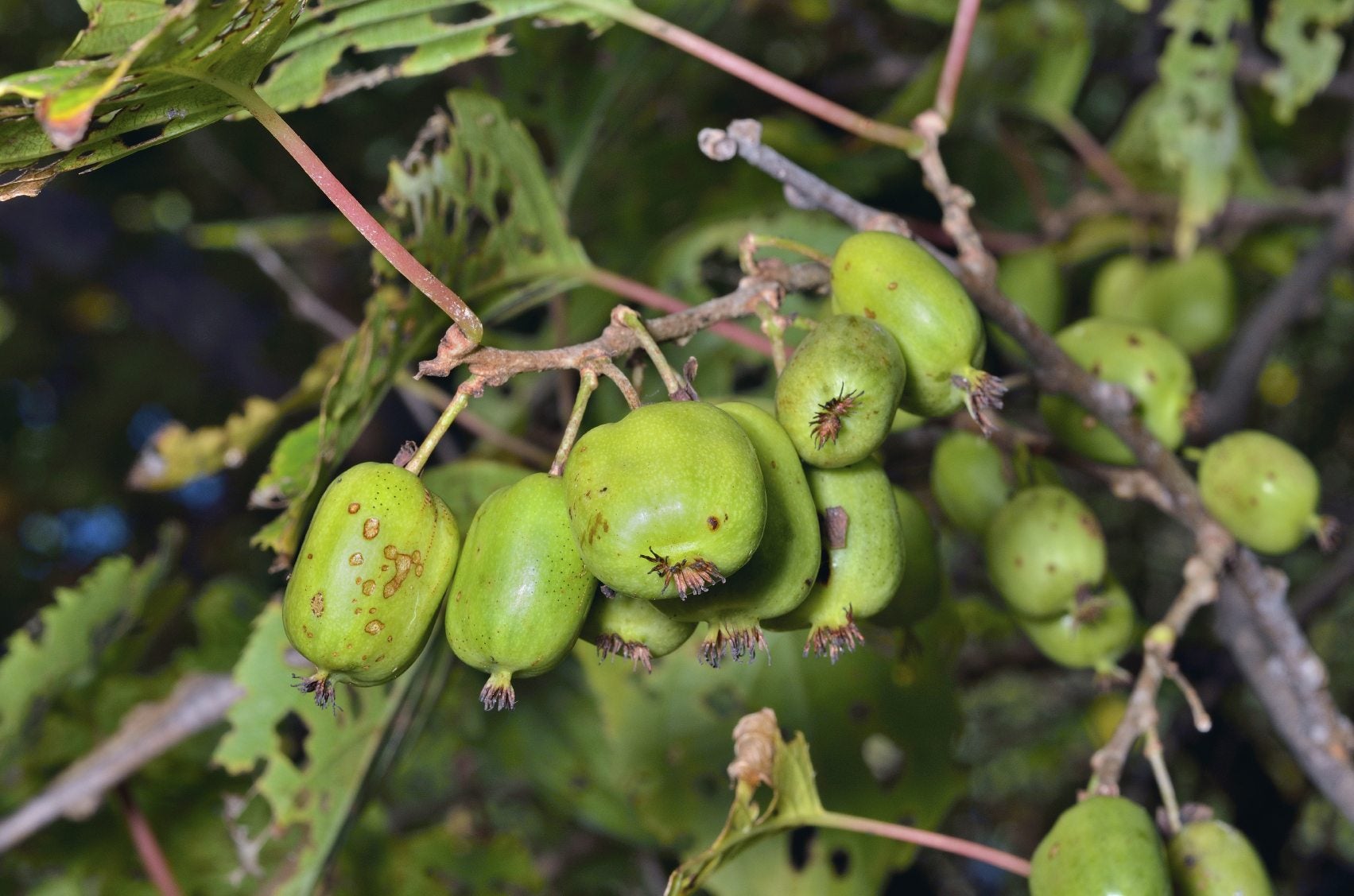 Hardy Kiwi Diseases: How To Treat A Sick Kiwi Plant
Hardy Kiwi Diseases: How To Treat A Sick Kiwi PlantWhile the kiwi plant is tough and relatively easy to grow, it can fall prey to various kiwi plant diseases. You can learn more about the diseases of kiwi and their treatment in this article. Click here for more information.
By Mary H. Dyer
-
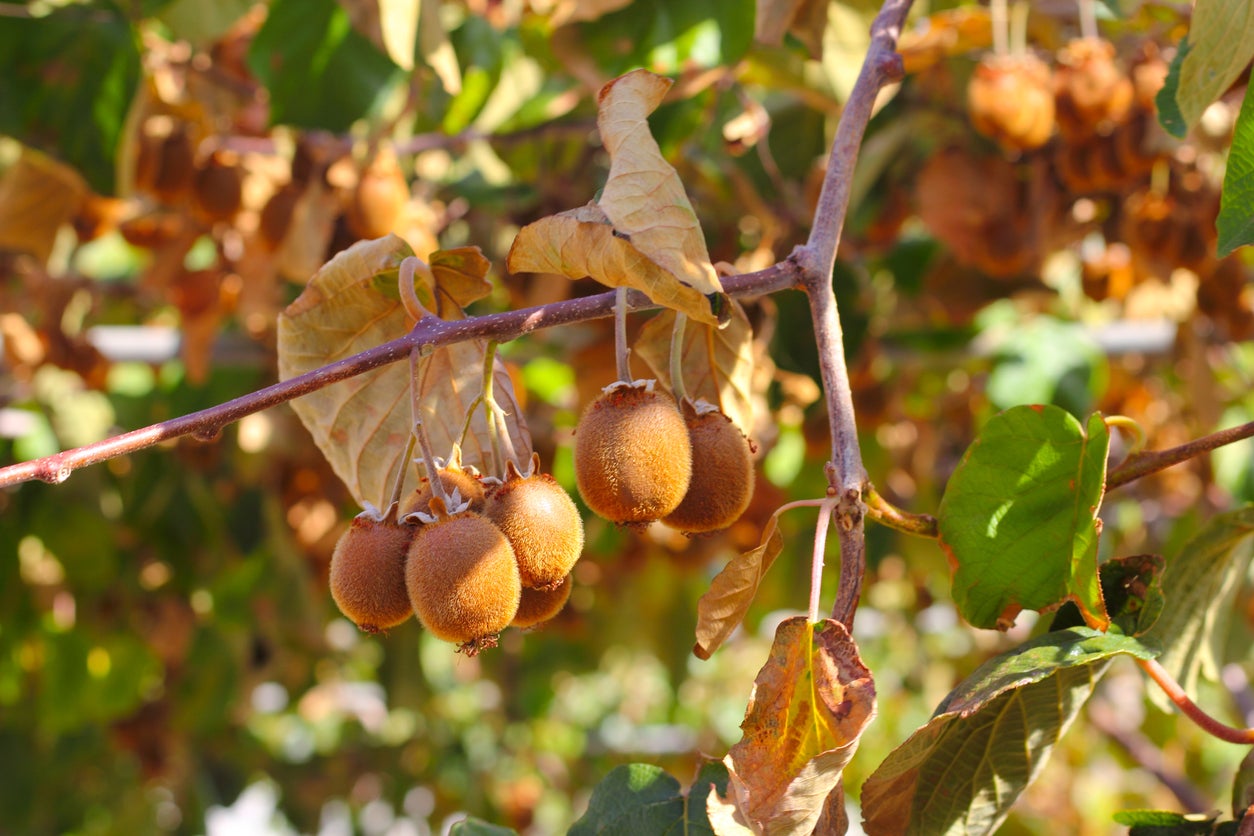 Kiwi Leaves Turn Brown – Reasons For Kiwi Vines Turning Yellow Or Brown
Kiwi Leaves Turn Brown – Reasons For Kiwi Vines Turning Yellow Or BrownHealthy kiwi leaves are a brilliant green during the growing season, and you might well become worried when your kiwi leaves turn brown or you see yellowing kiwi plants. Click this article for information about steps to take when you see kiwi leaves turning yellow.
By Teo Spengler
-
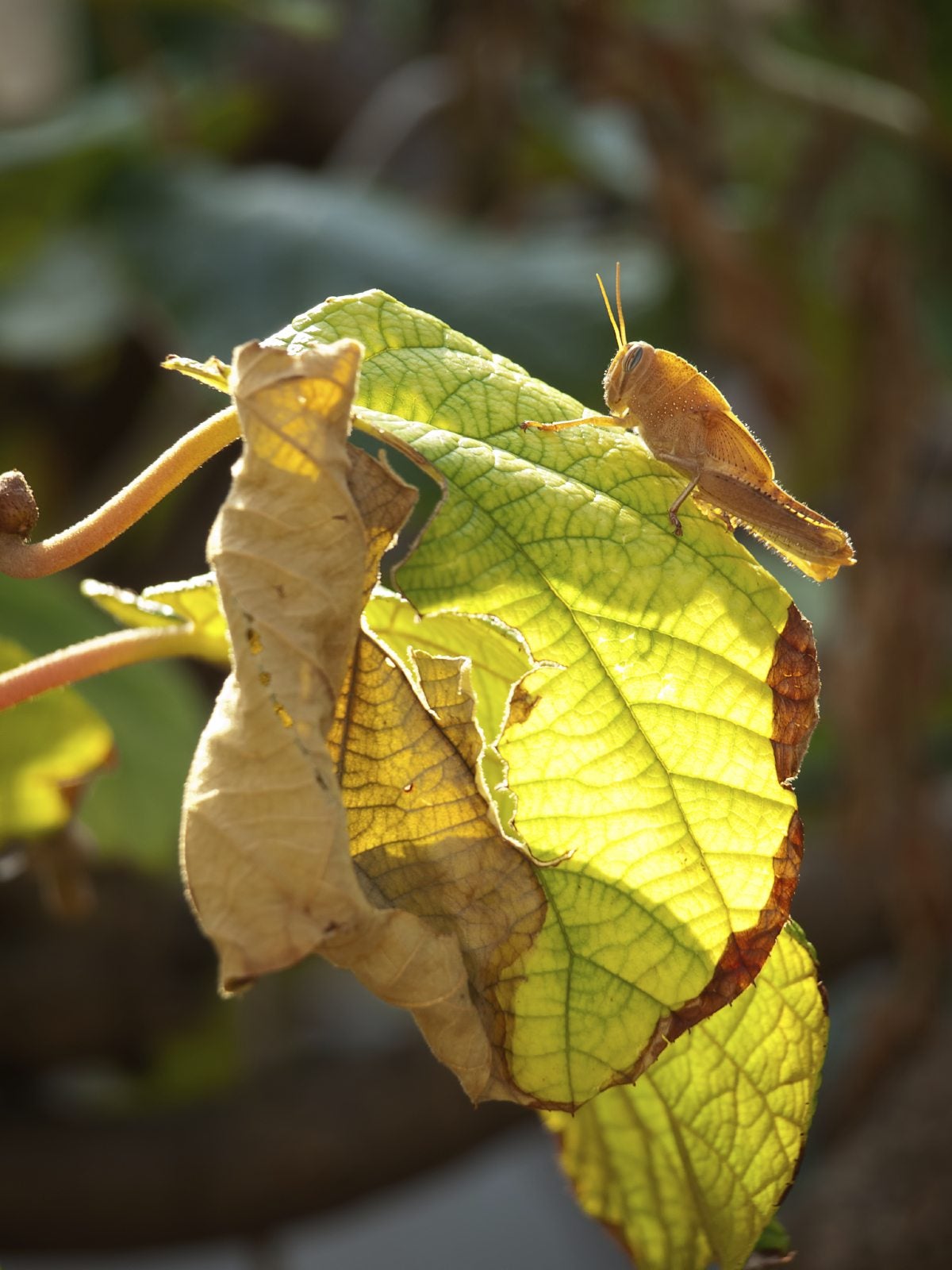 Pests Of Kiwi Vines: Information For Treating Kiwi Bugs
Pests Of Kiwi Vines: Information For Treating Kiwi BugsWhile kiwi plants are tough and relatively easy to grow, they can fall prey to various kiwi plant pests. Learn more about kiwi insects and tips for treating kiwi bugs in this article. Click here for additional information.
By Mary H. Dyer
-
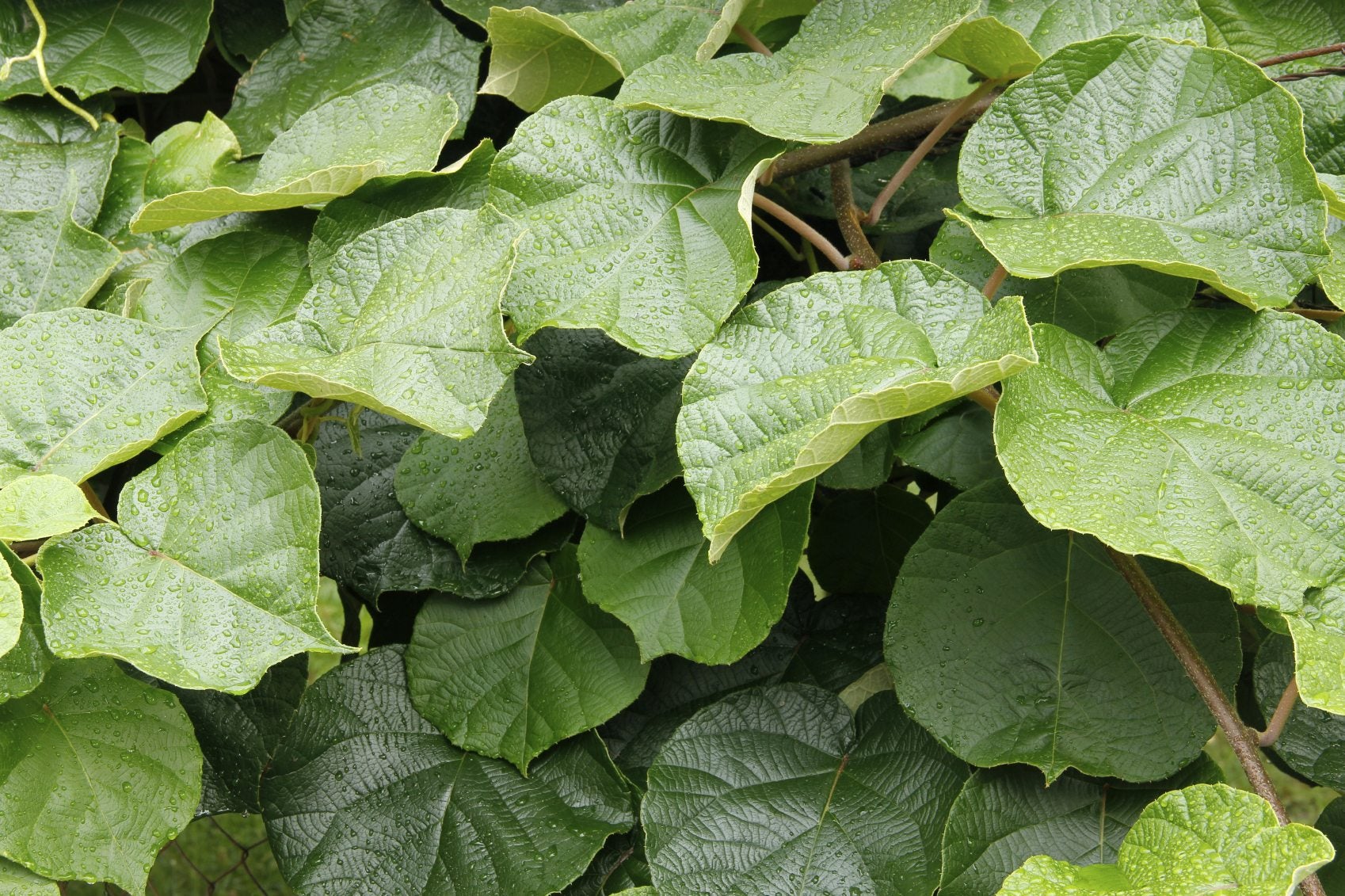 Kiwi Plant Not Flowering: How To Get A Kiwi Plant To Bloom
Kiwi Plant Not Flowering: How To Get A Kiwi Plant To BloomWhat should be done for a kiwi plant not flowering? If there are no flowers, there will be no fruit on your kiwi vine. To learn more about non-blooming kiwis, this article will help. Click here for more information.
By Karen Boness